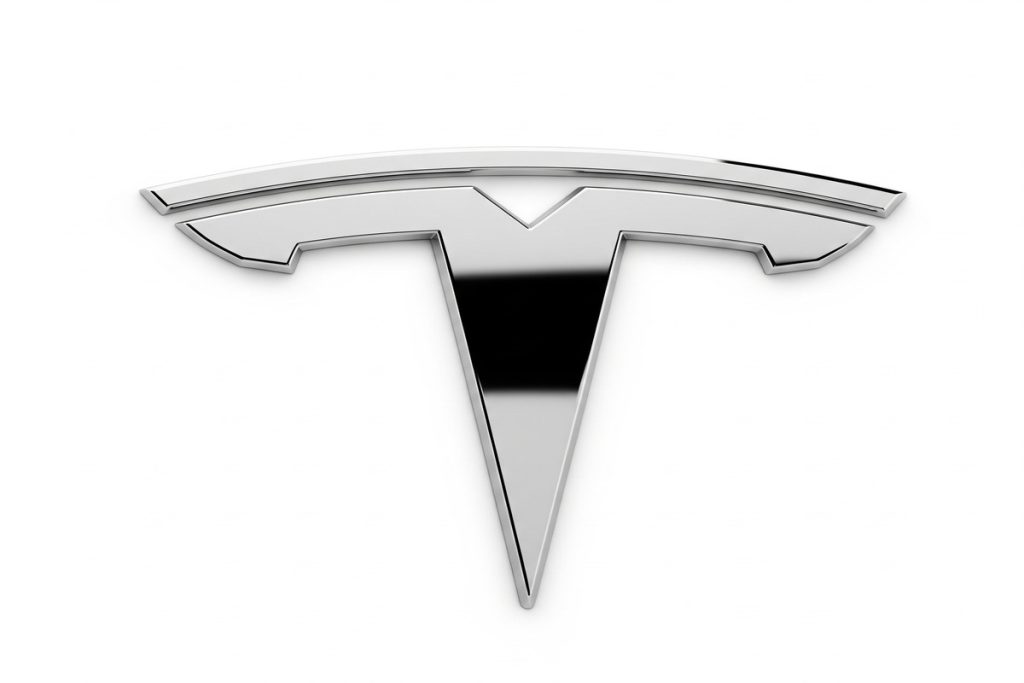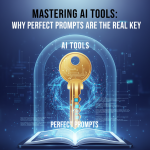Introduction
When individuals envision Tesla, they often imagine sleek electric vehicles or autonomous driving technology. However, beneath the eye-catching headlines exists something even more fascinating: a distinctive engineering culture driven by audacious, at times contentious, management choices.
For more than ten years, Tesla has transformed the possibilities in automotive design, battery technology, and sustainable energy. The organization does not merely manufacture cars; it cultivates an atmosphere where swift experimentation, stringent deadlines, and unconventional thought processes are commonplace.
What precisely distinguishes Tesla’s methodology from other major competitors in the sector? Furthermore, what insights can other firms gain from Tesla’s integration of engineering innovation with a management approach that many describe as bordering on brilliance or reckless risk-taking?
What Makes Tesla’s Engineering Culture Different?
Many leading automotive manufacturers are recognized for their slow, multi-layered development processes that aim to reduce errors but hinder speed. In contrast, Tesla has revolutionized this methodology. The company’s culture is renowned for its intensity characterized by long working hours, ambitious objectives, and a relentless drive to address challenges that other firms may avoid.
Key features of Tesla’s engineering culture include:
- Vertical Integration: Tesla creates and manufactures its own batteries, chips, and even production equipment, thereby decreasing dependence on external suppliers.
- Rapid Prototyping: Engineers are motivated to quickly test and break products, gaining insights through practical experience.
- Cross-Functional Teams: Teams from hardware, software, and manufacturing collaborate closely, accelerating the iteration process.
- Minimal Bureaucracy: A reduced number of approval layers allows ideas to transition from concept to production at a much quicker pace.
This atmosphere attracts engineers who excel under challenge and pressure, while it tends to repel those who favor stable and predictable workflows.

Leadership at Tesla: Genius or Gamble?
It would be impossible to discuss Tesla culture without bringing up Elon Musk. He is known for having a tough, somewhat erratic, and unquestionably ambitious leadership style.
- Musk is renowned for forcing teams to think creatively by setting unreasonable deadlines.
- publicly pressuring staff to find solutions more quickly.
- taking significant chances, such as making Tesla’s patents publicly available to advance the sector as a whole.
This appears careless to some, putting the business at risk of expensive errors and staff dissatisfaction. Others believe that Tesla’s willingness to place wagers that others won’t is precisely what makes the company unique.
Actually, it’s a combination of the two. Musk’s audacity garners media attention, but it also pushes gifted individuals to take on challenges that other automakers wouldn’t even attempt to address.
How Innovation Happens Faster at Tesla
Tesla is renowned for its rapid invention. It may take five to seven years for traditional automakers to introduce a new model. That is drastically shortened by Tesla.
How?
- Real-time testing Software upgrades, rather than merely annual redesigns, improve many aspects in real time.
- In-House Production: Tesla may alter procedures without enduring protracted supplier negotiations by managing everything from battery cells to assembly robots.
- Fail Forward Culture: Errors are not concealed; rather, they are a necessary component of the process. Teams learn on the fly and iterate rapidly.
Because of this strategy, Tesla’s vehicles advance more quickly than the industry average, and updates force the entire industry to either catch up or fall behind.
Speed Over Perfection: Is That the Real Advantage?
Critics frequently highlight Tesla’s quality control challenges, such as panel misalignments, paint imperfections, or software glitches that go unnoticed. However, this is the compromise Tesla is willing to make: rapidly bringing innovation to market and addressing the finer details afterward.
- For Tesla, speed often takes precedence over perfection:
- Early adopters are willing to overlook minor imperfections in return for state-of-the-art technology.
- Swift rollouts enable Tesla to quickly collect real-world data.
- Ongoing updates ensure that products maintain a fresh feel long after the initial purchase.
While other car manufacturers strive for zero defects prior to a launch, Tesla adapts in real-time. Not every company has the luxury to do this but for Tesla, it is an integral aspect of what gives the brand its dynamic and progressive character.
Tesla’s Hiring Mindset
Tesla’s distinctive people are the source of its distinctive outcomes. The organization seeks generalists
with problem-solving skills beyond their job description.
- workers who are prepared to put in long, hard hours in order to meet deadlines.
- engineers who prioritize impact over benefits.
- Those who don’t share this perspective are notoriously burned out by Tesla’s culture.
However, it’s an opportunity to create something that other businesses won’t try for years, if at all, for driven engineers who want their work to have an impact.
What Other Companies Can Learn from Tesla
Not every business should or can emulate Tesla’s pressure or pace. However, every business can learn from these lessons:
- Encourage Small Groups: Allow them to try new things and make their own choices.
- Cut Red Tape: Remove the approval layers that impede innovative ideas.
- Accept Failure: See failures as a necessary component of the cycle of innovation.
- Employ for Agility: Seek out problem-solvers rather than merely experts.
Tesla demonstrates how, when properly balanced, speed, risk, and unconventional thinking can lead to innovations that shape whole sectors.
Conclusion
Tesla’s true advantage goes beyond electric cars or solar panels it’s the bold leadership and a culture that encourages engineers to challenge the norm every day. This relentless drive sparks innovation but can also risk burnout if not carefully balanced. Still, it proves that when ambitious ideas are supported with trust and skilled people, remarkable progress follows.
For startups and fast-growing businesses looking to build daring teams, attracting the right talent is essential. Platforms like Wiraa, a global remote job network, help connect innovative companies with professionals who thrive in high-speed, ever-evolving environments.
In the end, Tesla’s journey is a lesson: the companies that shape the future aren’t just focused on what they build they’re redefining how they build it.




